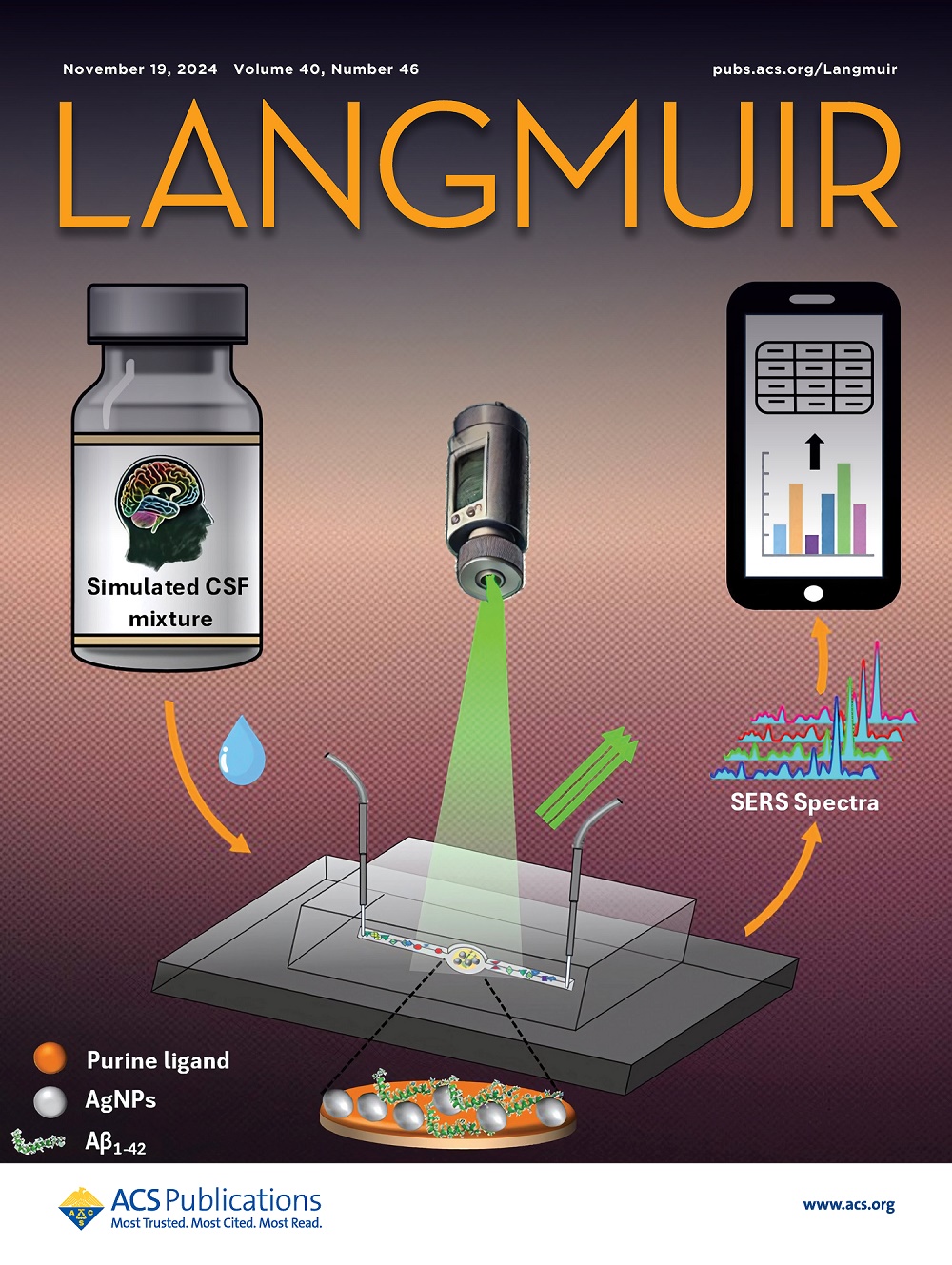Formation and Stabilization of Bulk Nanobubbles Triggered by Ultrasonic Irradiation under Different Conditions
IF 3.7
2区 化学
Q2 CHEMISTRY, MULTIDISCIPLINARY
引用次数: 0
Abstract
The generation and stabilization of nanobubbles (NBs) are crucial concerns, considering their great potential for applications in various fields. Nonetheless, research on the stabilization of bulk nanobubbles (BNBs) generation across various systems under ultrasonic irradiation is relatively few. For example, how dissolved gases and different conditions affect the evolution of BNBs in the acoustic field remains unclear. Therefore, this study focused on generating and stabilizing BNBs over time under various conditions including ultrasonic frequency, power, and dissolved gases in both open and closed systems. First, for a given solution, the concentration of BNBs would increase with higher ultrasonic power and lower ultrasonic frequency. Furthermore, a considerably elevated concentration of BNBs was obtained in closed systems relative to open systems, which may be attributed to a closed system providing a more stable environment for nucleation growth, thus facilitating the generation and stabilization of BNBs. More surprisingly, by changing dissolved gas saturation, we found that in gas-saturated water, the concentration of BNBs becomes higher than in the other two saturations: supersaturated and undersaturated water. A detailed study also found that the concentration of formed BNBs differs based on the positions of vessel, and more BNBs will be formed at the bottom or upper side of the vessel, indicating bubbles easily nucleate near the vessel wall and at the gas–liquid interface. This study provides essential insights into the principles of the generation and stabilization of NBs under ultrasonic fields, potentially expanding application ranges and improving the efficiency of ultrasonic irradiation.

不同条件下超声触发体纳米气泡的形成与稳定
考虑到纳米气泡在各个领域的巨大应用潜力,纳米气泡的产生和稳定是人们关注的关键问题。然而,关于超声辐照下不同体系体纳米气泡(BNBs)产生的稳定性研究相对较少。例如,在声场中,溶解气体和不同条件如何影响bnb的演化尚不清楚。因此,本研究的重点是在开放和封闭系统中,在各种条件下,包括超声波频率、功率和溶解气体,随着时间的推移产生和稳定bnb。首先,对于给定的溶液,超声功率越大,超声频率越低,BNBs的浓度越高。此外,封闭体系中bnb的浓度明显高于开放体系,这可能是由于封闭体系为成核生长提供了更稳定的环境,从而促进了bnb的产生和稳定。更令人惊讶的是,通过改变溶解气体的饱和度,我们发现在气体饱和的水中,BNBs的浓度比其他两种饱和度(过饱和和不饱和水)的浓度要高。详细的研究还发现,形成的bnb浓度随容器位置的不同而不同,在容器的底部或上部会形成更多的bnb,这表明气泡在靠近容器壁和气液界面处容易成核。该研究为超声场下NBs的产生和稳定原理提供了重要的见解,有可能扩大超声波辐照的应用范围,提高超声波辐照效率。
本文章由计算机程序翻译,如有差异,请以英文原文为准。
求助全文
约1分钟内获得全文
求助全文
来源期刊

Langmuir
化学-材料科学:综合
CiteScore
6.50
自引率
10.30%
发文量
1464
审稿时长
2.1 months
期刊介绍:
Langmuir is an interdisciplinary journal publishing articles in the following subject categories:
Colloids: surfactants and self-assembly, dispersions, emulsions, foams
Interfaces: adsorption, reactions, films, forces
Biological Interfaces: biocolloids, biomolecular and biomimetic materials
Materials: nano- and mesostructured materials, polymers, gels, liquid crystals
Electrochemistry: interfacial charge transfer, charge transport, electrocatalysis, electrokinetic phenomena, bioelectrochemistry
Devices and Applications: sensors, fluidics, patterning, catalysis, photonic crystals
However, when high-impact, original work is submitted that does not fit within the above categories, decisions to accept or decline such papers will be based on one criteria: What Would Irving Do?
Langmuir ranks #2 in citations out of 136 journals in the category of Physical Chemistry with 113,157 total citations. The journal received an Impact Factor of 4.384*.
This journal is also indexed in the categories of Materials Science (ranked #1) and Multidisciplinary Chemistry (ranked #5).
 求助内容:
求助内容: 应助结果提醒方式:
应助结果提醒方式:


